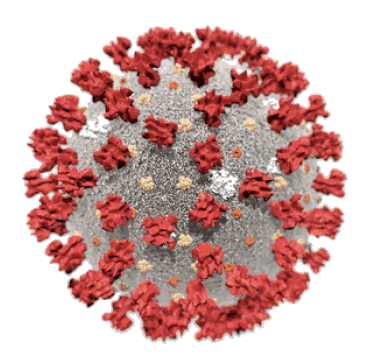
Engage middle schoolers in immersive life science investigations
Students come into the world hardwired to be curious about living things and how they work. Ready-to-go investigations from BrainPOP Science give students the tools to dive in and learn about the interconnectedness, intricacies, and vastness of the world around them.















Take students on adventures in life science
Every BrainPOP Science investigation has an embedded Claim-Evidence-Reasoning (CER) process that harnesses this natural curiosity and supports students on their three-dimensional learning path.

Simulations, data manipulatives, and BrainPOP 3D Worlds™ make investigations exciting yet relatable. Our collection of comprehensive units and resources support students as they explore phenomena, ask questions, gather observations, and back up their claims with evidence — just like real scientists.

Here’s a look at a few ways BrainPOP Science investigations unlock the mysteries of life science

Bring background knowledge to life with engaging movies
Concise and relatable, BrainPOP Science movies unpack concepts through real-world scenarios to help students visualize and understand even the most complex science. Movies are offered in Spanish and have printable transcripts to level the playing field for all students.
Movies are just one way content and vocabulary are woven across investigations. Resources are intentionally varied and also include related readings, primary sources, and simulations that require students to apply different kinds of knowledge and skills in a variety of ways.
Students can understand and relate to phenomena even when they can’t be seen or touched. All BrainPOP Science movies, like this one embedded in the Viruses investigation, are scaffolded for accessibility and help students make sense of the unseen world around them.

Investigation—Viruses

Deepen learning with
data manipulatives
Inquiry-based science classrooms give students the agency to actively engage with relevant data in context. By manipulating various graph formats and models, their hypotheses and conceptual understandings are tested and strengthened. With question prompts built right into the experience, students are guided to interpret data, identify patterns, and collect observations. Learners strengthen their analytical skills and build confidence as they work toward answering the investigation’s guiding question.
Our investigation on Aquatic Invasive Species allows students to interact with data on populations of invasive and native mussel species in the Hudson River in the late 1980s and early 1990s. As students respond to prompts, they are guided to infer what the data reveals about the effects of invasive species on ecosystems.

Investigation—Aquatic Invasive Species

Boost confidence for state testing with built-in assessments
BrainPOP Science investigations feature embedded checkpoints, which are formative assessments to check for understanding without interrupting the flow of inquiry-driven learning. Questions are delivered in different formats that mimic high-stakes science exams, so students are comfortable and prepared come test time. Built-in assessments also save time for teachers and give real-time insights on student understanding throughout investigations.
Our Matter and Energy in Food Webs investigation features quick and targeted formative assessments, like this drag-and-drop checkpoint comparing and contrasting producers and consumers. Each quiz comes with graded or review options, as well as Microsoft Immersive Reader for accessibility.

Investigation—Matter and Energy in Food Webs
Life science investigations for your middle school classroom
Explore a wide range of ready-to-use investigations designed to complement any middle school science curriculum and support all your instructional objectives.

Classifying Living Things
-
Living vs. Nonliving Thing
-
Taxonomy
-
Coronavirus vs. Flu Viruses

Cell Structure and Function
-
Introduction to Cells
-
Cell Structure and Function
-
Cell Membrane
-
Cell Wall

Human Body Systems
-
Neurons and the Brain
-
Multicellular Organisms
-
Digestive and Immune Systems

Photosynthesis and Cellular Respiration
-
Process of Photosynthesis
-
Process of Cellular Respiration

Food Webs and Ecosystem Interactions
-
Predation and Competition
-
Parasitism
-
Matter and Energy in Food Webs
-
Decomposers

Biodiversity and Stability in Ecosystems
-
Biodiversity
-
Impact of Biodiversity on Resources
-
Ecosystem Disruptions
-
Aquatic Invasive Species

Reproduction and Growth
-
Sexual and Asexual Reproduction
-
Animal Courtship
-
Seed Dispersal

Genetics
-
Gene Traits
-
Alleles and Punnett Squares
-
Mutations

Natural Selection and Adaptations
-
Natural and Artificial Selection
-
Adaptations by Natural Selection

Evidence of Evolution
-
Evolution and the Fossil Record
-
Evidence of Common Ancestry
Our three-dimensional approach to science is designed to complement the latest standards for all 50 states, including NGSS, the NRC Framework, TEKS, and NGSSS. Throughout BrainPOP Science investigations, teachers can leverage built-in formative assessments with question types that prepare students for the rigors of state testing.
Aligned to all state standards




Ignite the power of inquiry for middle school students and help deliver powerful, standards-aligned instruction.
